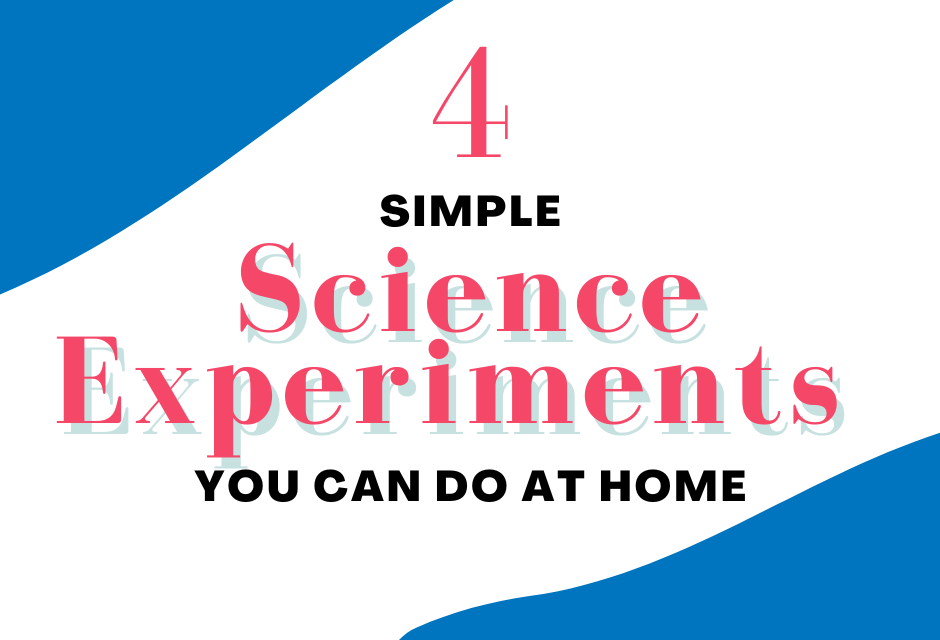
Humans are natural-born scientists. Science is a great way to discover new things and better understand the world. Not only that but getting your hands dirty is part of the process and part of the fun!
Whether you’re an aspiring scientist or just looking for a fun activity, here are four science experiments you can do at home.
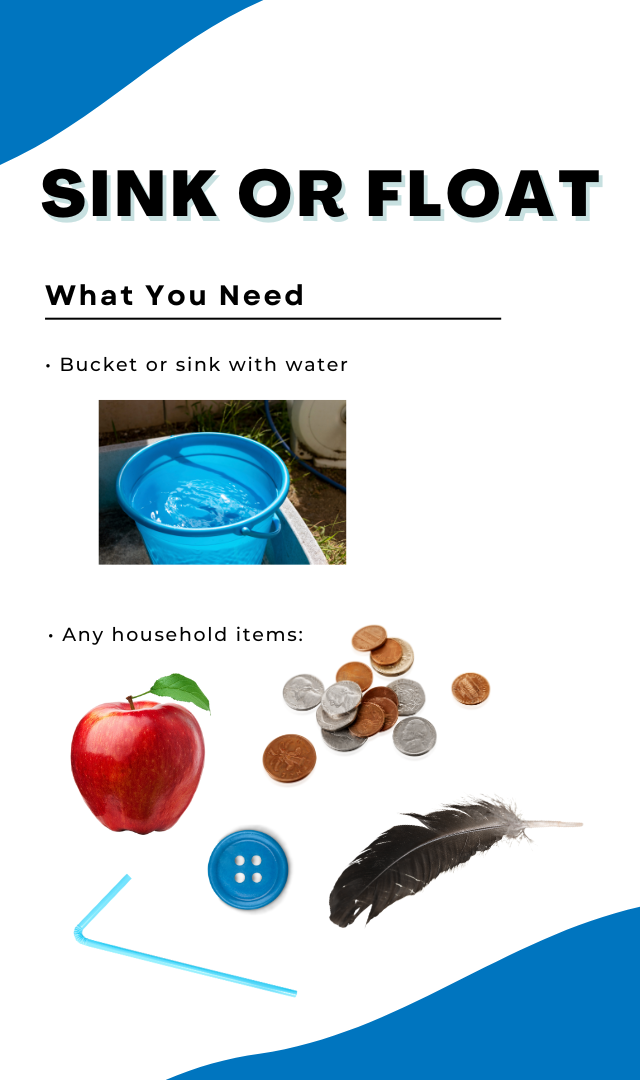 Sink or Float?
Sink or Float?
What you’ll need:
- A bin (or sink)
- Water
- Any household items (feather, eraser, toy car, straw, play dough, paper clip, coins, etc.)
- Paper and pencil
Experiment: Start by filling your bin or sink with water. Gather any household items that would fit into your bin or sink. Write down on your piece of paper which items you think will sink and which you think will float. Then, place the items into the water individually and see what happens! Try each object three times, then record the results and see if your predictions are correct.
This science experiment teaches children about buoyancy and density. When they are asked to predict whether an object will sink or float, they are encouraged to use their observation and reasoning skills to make educated guesses based on the object’s properties.
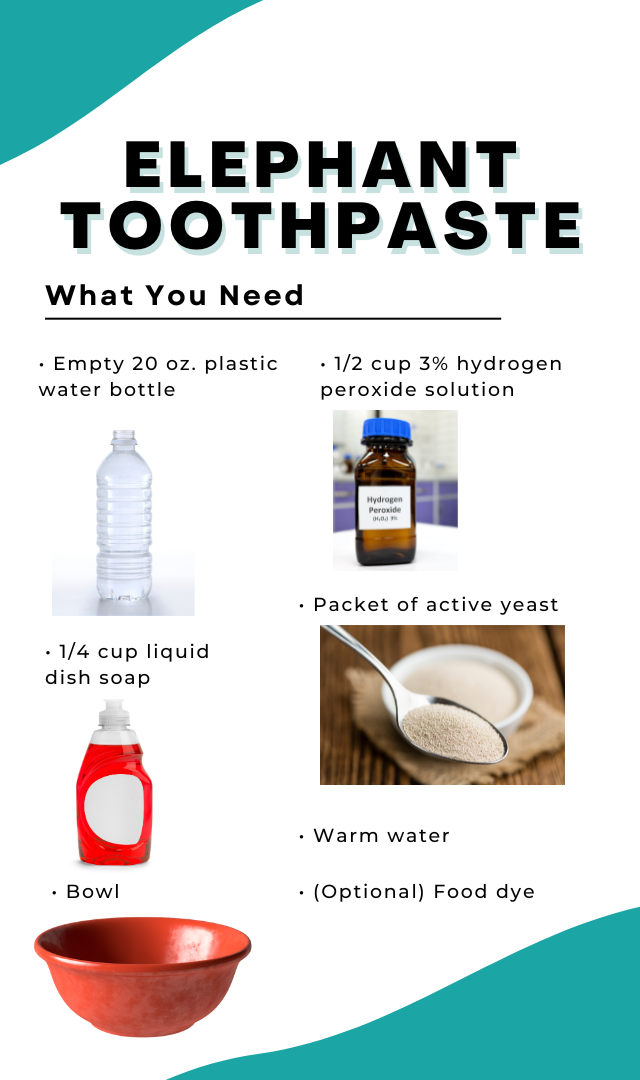 Elephant Toothpaste
Elephant Toothpaste
What you’ll need:
- Empty 20-ounce plastic water bottle
- Bowl
- Warm water
- ½ cup 3% hydrogen peroxide solution
- Packet of active yeast
- ¼ cup Liquid dish soap
- Food coloring (optional)
Experiment: Pour the hydrogen peroxide, dish soap, and a few drops of food coloring into the plastic water bottle. Close the lid and swirl it around to combine the ingredients. Set the bottle outdoors or somewhere mess-friendly. Mix the active yeast and a little warm water in a bowl, and let it sit for about 5 minutes. Then, pour the yeast mixture into the water bottle and watch what happens!
This science experiment teaches children about chemical reactions, specifically the reaction of hydrogen peroxide and yeast. The children see a chemical reaction occur by observing the reaction between the hydrogen peroxide and yeast mixture, in which the hydrogen peroxide breaks down into water and oxygen gas. They also learn about the role of catalysts in chemical reactions, as yeast acts as a catalyst in the breakdown of hydrogen peroxide.
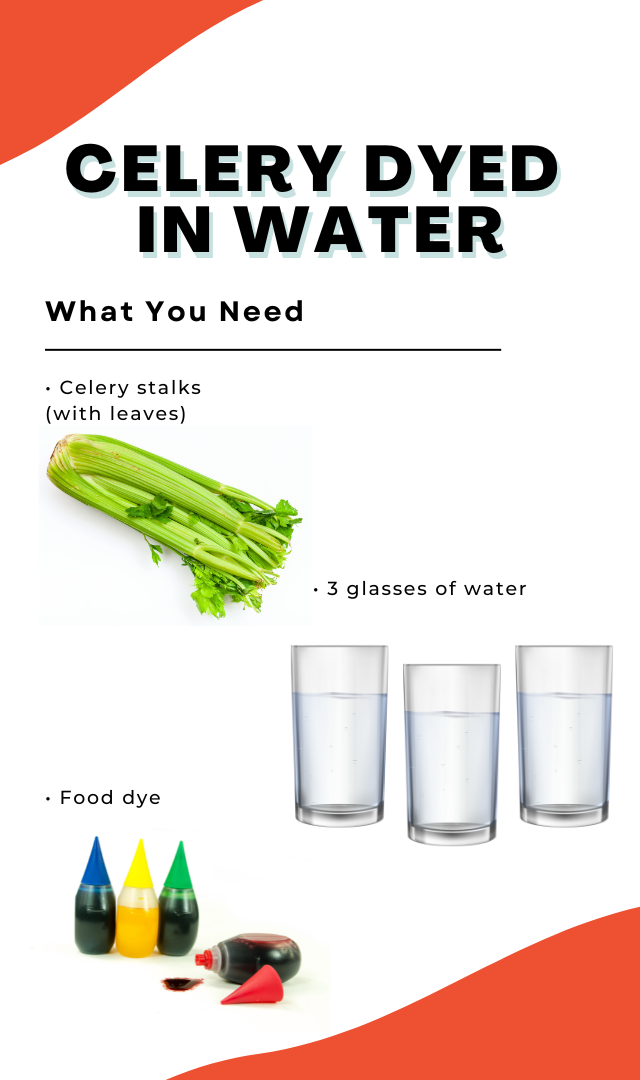 Celery in dyed water
Celery in dyed water
What you’ll need:
- Drinking glasses
- Celery stalks (with leaves)
- Food coloring
- Water
Experiment: First, cut the bottom of the celery stalks so they’re fresh. Fill up your drinking glasses about ¾ of the way with water. Add 20 drops of food coloring to the water and put the celery stalks in. Examine the celery every 2-3 hours to observe how the celery changes color.
This science experiment teaches children how plants absorb water and nutrients through their stems, specifically via osmosis. The children observe how the water and food coloring move up the celery stalks and into the leaves and stalks by immersing them in water with food coloring. The experiment also teaches children the importance of clean water and nutrients for plants to grow and thrive.
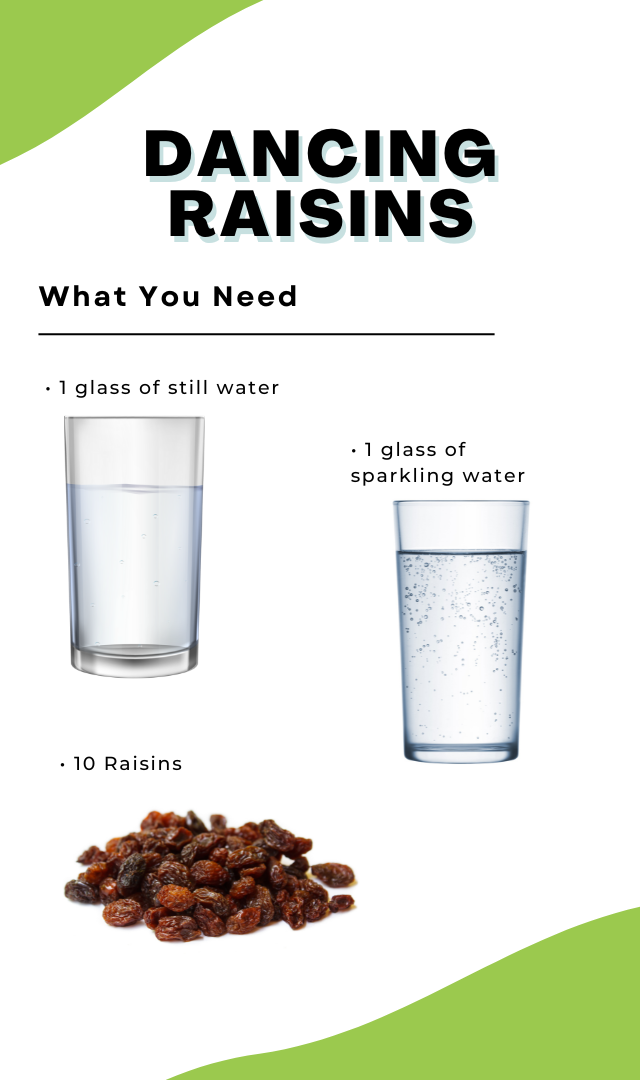 Dancing Raisins
Dancing Raisins
What you’ll need:
- Clear soda
- Water (or other non-carbonated liquid)
- 2 clear glasses of water
- 10 raisins
Experiment: Fill one class with clear soda and the other with your chosen liquid. Predict what you think will happen to the raisins in the clear soda and the other liquid, and write down your predictions. Place five raisins in one glass and five raisins in the other, and see if your predictions are correct!
This science experiment teaches children about density and how it affects the movement of objects in liquids. The children observe and compare how raisins behave by placing them in different liquids with different densities. The experiment also encourages children to make predictions and keep track of their findings, which are important aspects of the scientific method.
If you’re looking for more science experiments to do, come to WonderLab’s BubbleFest event on June 17th and 18th! More information can be found on the WonderLab website.
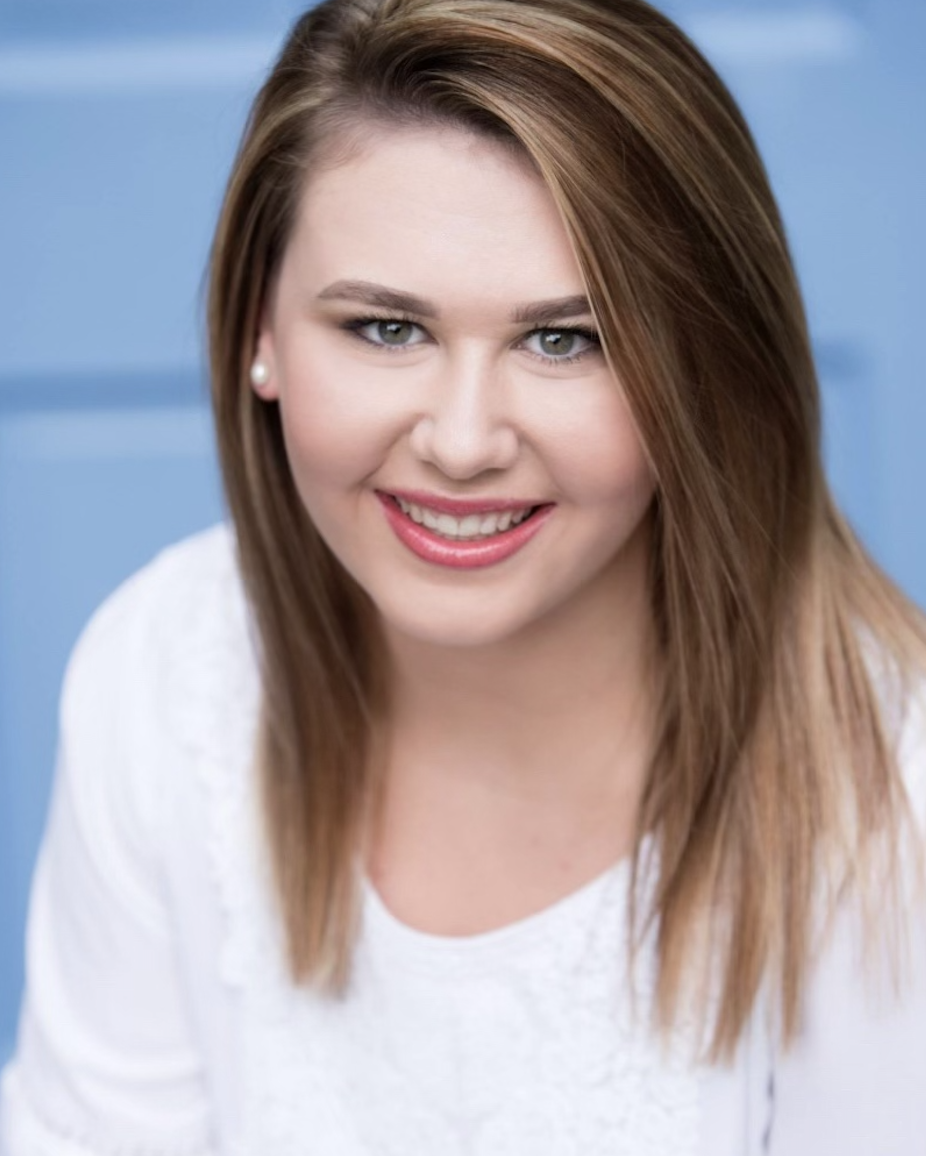

About the Authors: Jess Black, Lauren Reising, and Tess Ryan are Indiana University students partnering with WonderLab for a class at the Media School. They all enjoyed science growing up and especially loved doing experiments. They were excited to write about experiments they remembered doing and wanted to share them with others who might also be interested.
References
Anne Marie Helmenstine, P. D. (2020, November 17). This elephant toothpaste recipe is safe for kids. ThoughtCo. Retrieved April 3, 2023, from https://www.thoughtco.com/kid-friendly-elephant-toothpaste-demo-604164
Danielledb. (2022, May 29). Dancing raisins science experiment for kids. Fun Learning for Kids. Retrieved April 3, 2023, from https://funlearningforkids.com/dancing-raisins-science-experiment-kids/
McClelland, S. (2022, June 12). Celery food coloring experiment. Little Bins for Little Hands. Retrieved April 3, 2023, from https://littlebinsforlittlehands.com/celery-osmosis-science-experiment/
Public Broadcasting Service. (n.d.). Easy science: Sink or float? PBS. Retrieved April 3, 2023, from https://www.pbs.org/parents/crafts-and-experiments/sink-or-float-experiment


Leave A Comment